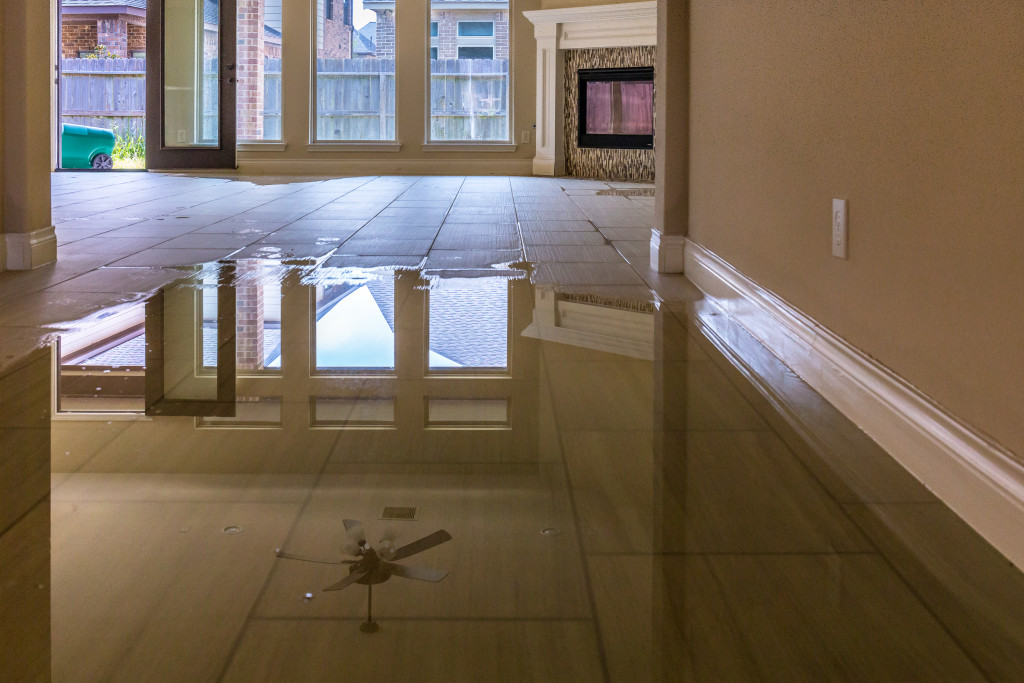The aftermath of a flood can be devastating. Not only do you have to worry about the cost of repairs, but you also have to make sure your home is safe for your family. It may also seem that it takes forever to get things back to normal. Luckily, there are some steps you can take to make the recovery process easier. Here are some tips on how to maintain your home after it has been damaged by flooding.
Dry Out Your Home Immediately
One of the most important steps you can take after a flood is to dry out your home as quickly as possible. If left unchecked, water can cause further damage and even create an environment where mold and mildew can grow. To prevent this from happening, use fans and dehumidifiers to dry out all areas of your home that were affected by flooding. Open windows and remove damp carpets or rugs if possible.
You may need to use a flood extraction machine if the flood is severe. This is an essential tool for flood damage restoration. It features robust vacuum technology to quickly remove ample water from your home and store it in a 10-14 gallon tank. Larger tanks are available if needed. Once the water has been extracted, you can start drying.
Check for Structural Damage
Once the area has dried out completely, you should inspect your property for any structural damage that may have occurred due to the flooding. A house that has been soaked in water can be structurally unstable. Here are some signs that your house may have sustained damages from the flood:
Bulging Ceilings: Any bulging ceilings can indicate that water has collected and is pressing against them from the inside. Bulges could be hard to detect, so it’s best to have a professional come in and check your property for signs of it.
Cracks in the Foundation: Any cracks in the foundation could indicate that water is seeping through from underneath or outside. This can weaken the structure of your home and, if left unchecked, can lead to serious structural damage.
Cracks in Walls or Floors: Cracks in your walls or floors may have been caused by shifting soil due to flooding, so inspect your property carefully. Cracks can be spotted easily by running your hands over the walls or floors. There are also visible signs of cracks, such as hairline fractures.
Inspect the Pipelines

Pipes that are below ground level may have been damaged due to flooding. Inspect your pipelines and check for any signs of leakage or blockage. You should also ensure no mold or mildew in the pipes, as this can cause further damage and health risks such as respiratory issues. Additionally, suppose the pipes are left untreated. In that case, it can lead to a much larger problem in the future, such as a collapsed sewer line. A professional pipeline inspection is recommended to ensure the safety and efficiency of your plumbing system. Damaged pipelines are better to be left in the hands of a professional. They will be able to identify any issues and can immediately start the repair process. Never attempt to repair any pipelines on your own, as you may end up causing more damage.
Monitor Your Home for Any Unusual Occurrences
It is important to keep an eye out for any unusual occurrences in the aftermath of a flood. This can include anything from strange smells to hearing loud noises from behind walls or ceilings. Strange smells could mean that there is mold or mildew. Loud noises from behind walls can mean water has collected inside the wall cavities and is pooling, which could cause structural damage if left unchecked. Pay close attention and contact a professional for further inspection and repair if you notice any of these signs. Don’t let the smell and noises get worse before you take action.
Clean Up Any Remaining Debris
In addition to drying out and inspecting your property, you should thoroughly clean up any remaining debris from the flooding. This includes furniture damaged beyond repair to small items like books and toys that may have been affected by the water. It is important to get rid of these items as soon as possible to prevent them from causing further damage or creating an unhealthy environment in your home. Soaked items can cause a bad odor and are a breeding ground for mold and mildew, so make sure to dispose of them properly.
Maintaining a house after it has been damaged by flooding takes time and effort, but it doesn’t have to be overwhelming if you follow the right steps. Following these tips will help ensure your home is safe, secure, and free from structural damage after a flood. With proper maintenance, you can ensure that your home remains in good condition even after flooding.
